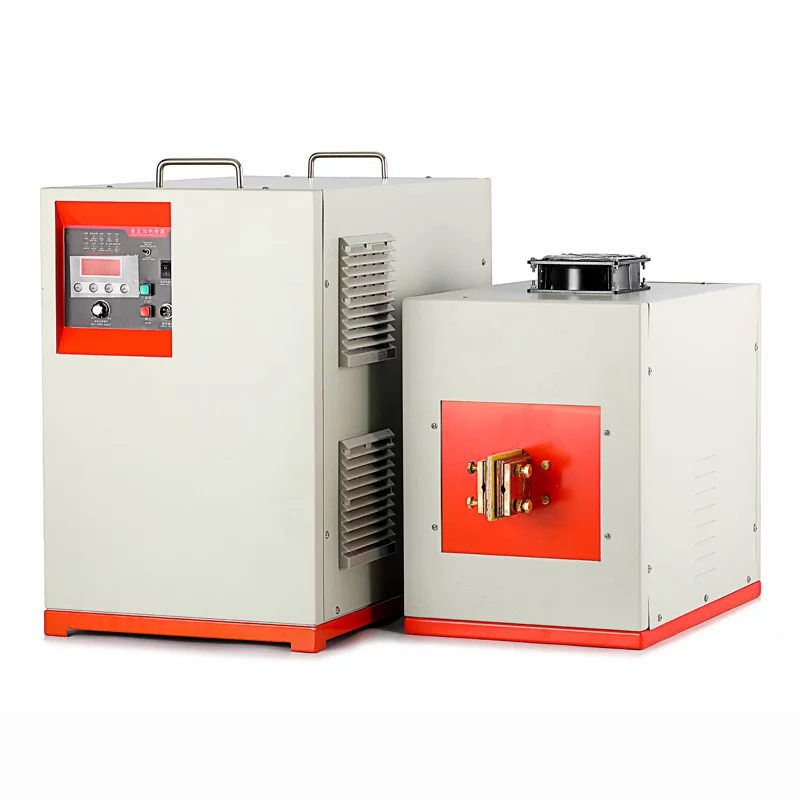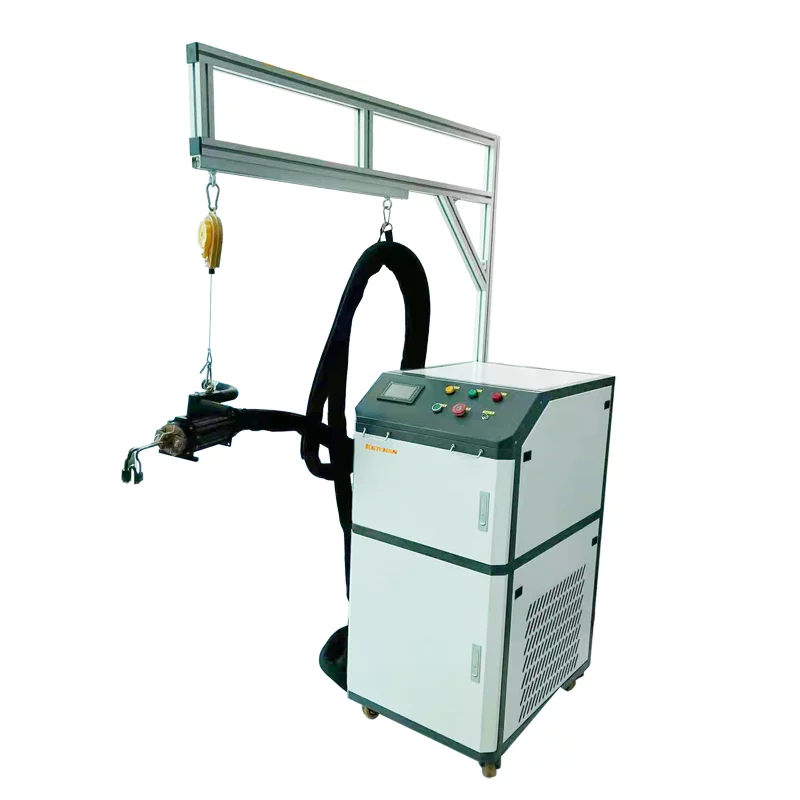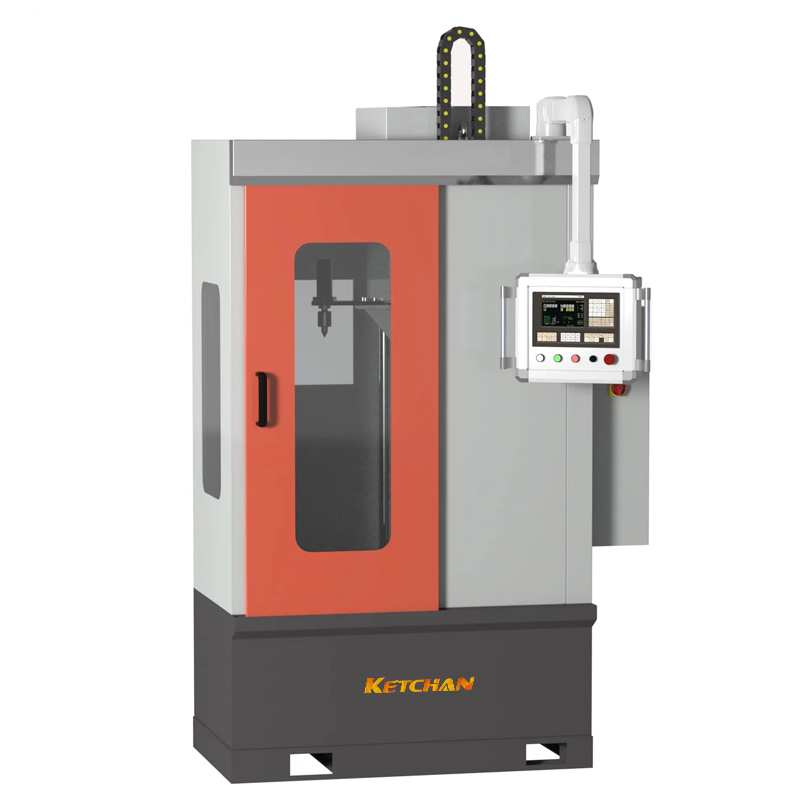The metal quenching medium used for quenching cooling the workpiece is called quenching cooling medium (or quenching medium). The ideal quenching medium should have the condition that the workpiece can be quenched into martensite without causing too much quenching stress.
The commonly used metal quenching medium is water, aqueous solution, mineral oil, molten salt, molten alkali, and so on.
Low water
Water is a quenching medium with a strong cooling capacity.
Advantages: wide source, low price, the stable composition is not easy to deteriorate.
Faults: unstable cooling capacity, easy to make the workpiece deformation or cracking. In the “nose” area of the C curve (around 500 ~ 600℃), the water is in the stage of vapor film, and the cooling is not fast enough, which will form a “soft point”.However, in the martensite transition temperature region (300 ~ 100℃), the water is in the boiling stage and the cooling is too fast, which tends to make the martensite transition speed too fast and generate great internal stress, leading to deformation and even cracking of the workpiece. When the water temperature rises, the water contains more gas or water mixed with insoluble impurities (such as oil, soap, mud, etc.), which will significantly reduce its cooling capacity.
Application: Suitable for quenching and cooling of carbon steel workpiece with small section size and simple shape.
● Brine and lye
Add an appropriate amount of salt and alkali into the water, make the high-temperature workpiece immersed in the cooling medium, in the steam film phase precipitated salt and alkali crystal and immediately burst, the steam film will be destroyed, the surface of the workpiece oxide is also blasted, so as to improve the cooling ability of the medium in the high-temperature area, its defect is the corrosive medium.
Application: Under normal circumstances, the concentration of saltwater is 10%, the concentration of caustic soda aqueous solution is 10% ~ 15%.Can be used as a quenching medium for carbon steel and low alloy structural steel workpieces, the use temperature should not exceed 60℃, after quenching should be cleaned in a timely manner and anti-rust treatment.
Low oil
The cooling medium is usually mineral oil (mineral oil). Such as oil, transformer oil, and diesel oil. The oil is generally 10, 20, 30 oil, the larger the oil, the greater the viscosity, the higher the flashpoint, the lower the cooling capacity, the corresponding increase in the use temperature.
Quenching way
● Single liquid quenching
It is a quenching operation in which austenite chemical parts are immersed in a quenching medium and cooled to room temperature. The quenching medium of a single liquid includes water, brine, alkali water, oil, and a specially prepared quenching agent.
Advantages: simple operation, conducive to the realization of mechanization and automation.
Disadvantages: The cooling rate is limited by the cooling characteristics of the medium and affects the quenching quality.
Application: Single – liquid quenching is only suitable for a carbon steel workpiece with a simple shape.
● Double liquid quenching
The austenite chemical component is immersed in a medium with a strong cooling capacity first. Before the steel component reaches the temperature of the quenching medium, it is immediately taken out and then cooled in another medium with weak cooling capacity, such as water before oil, water before air, etc..Double-liquid quenching reduces the tendency of deformation and cracking, which is difficult to master in operation and has certain limitations in application.
● Martensite graded quenching
It is to immerse the austenite chemical parts in the liquid medium (salt bath or alkali bath) at the martensite point of steel with slightly higher or lower temperature and keep the appropriate time. After the inner and outer layers of the steel parts reach the medium temperature, they are taken out for air cooling, so as to obtain the martensite structure quenching process, also known as graded quenching.
Advantages: The graded quenching can effectively reduce the phase transition stress and thermal stress and reduce the quenching deformation and cracking tendency due to air cooling after the graded temperature stays at the same temperature inside and outside the workpiece.
Application: suitable for alloy steel and high alloy steel workpiece with high deformation requirement, and also for carbon steel workpiece with small cross section size and complex shape.
● Bainite isothermal quenching
It is a quenching process, sometimes called isothermal quenching, in which steel parts are austenitized and quickly cooled to isothermal bainite conversion temperature range (260 ~ 400℃) to convert austenite into bainite, and the general heat preservation time is 30 ~ 60min.
● Compound quenching
The workpiece was cooled to below Ms to obtain 10% ~ 20% Martensite, and then isothermal in the lower bainite temperature region. This cooling method can obtain the M+B structure of the workpiece with a large cross-section. The martensite formed during pre-quenching can promote bainite transformation and temper martensite at isothermal. Compound quenching for alloy tool steel workpiece can avoid the first type of temper brittleness and reduce the residual Austenite volume, that is, the tendency of deformation and cracking.





